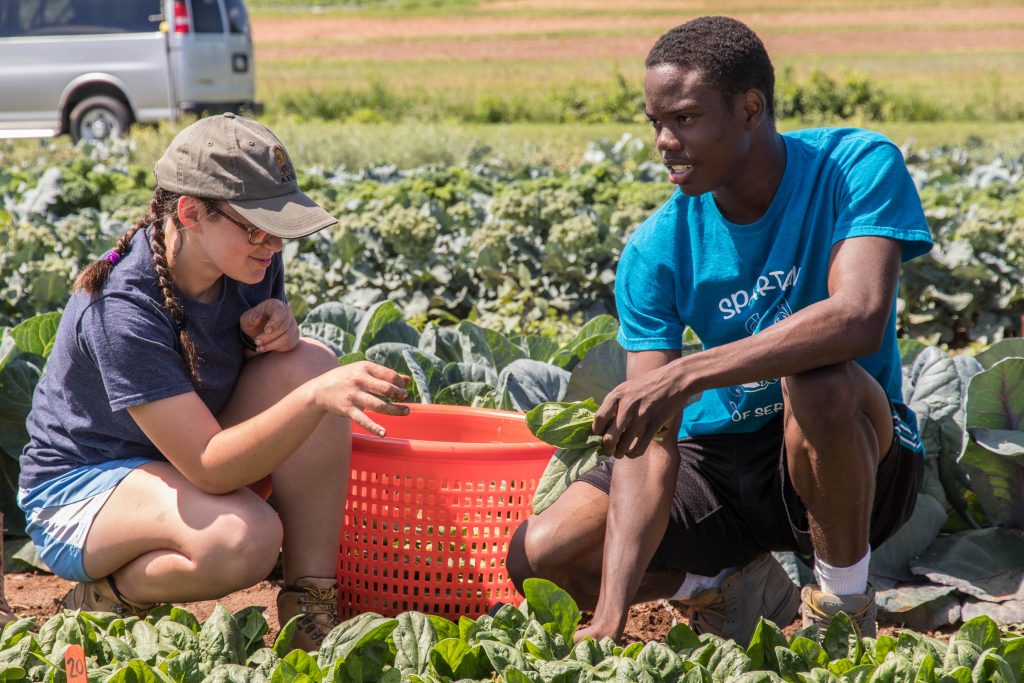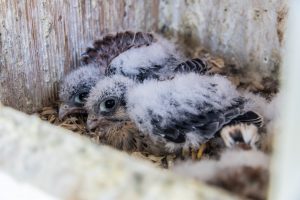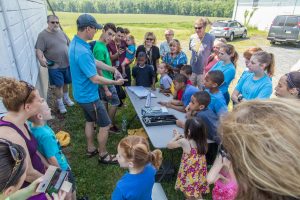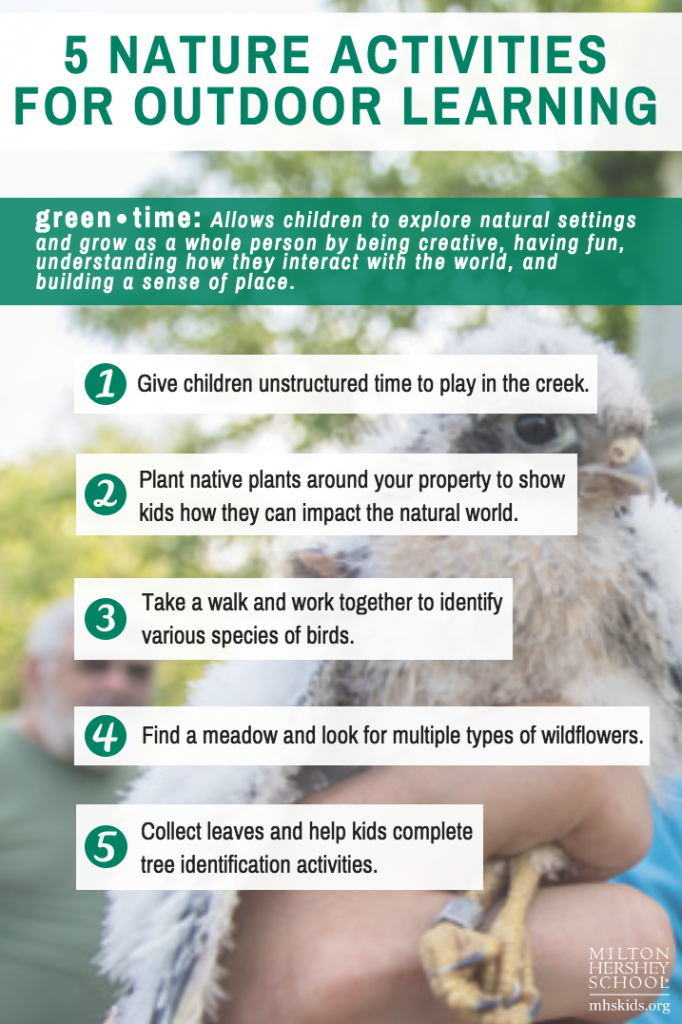Green Time: The Relationship Between Nature, Personal Growth and Academic Success
There’s a growing body of evidence that shows time spent in nature, otherwise known as green time, can lead to increased psychological, emotional, and physical well-being. According to a USA Today study, participants who walked through nature had lower levels of blood flow to the parts of the brain associated with negative thought patterns. Participants shifted their attention away from stress and engaged with nature instead.
“The idea of ‘green time’ is being able to conscientiously get kids into [nature] where they have some unstructured time,” said Nate McKelvie, instructional advisor at the MHS Environmental Center. “That’s what helps them grow as a whole person.”
By encouraging students to explore natural settings, get creative, have fun, and interact with the world around them, they will begin to make connections with nature and achieve personal and academic growth.
A Multi-Sensory Experience
Green time is a significant part of the curriculum at Milton Hershey School. MHS students have varied backgrounds, and many have not spent a large amount of time in nature. Through the school’s various environmental programs, it may be the first time a student has been in a creek or seen a green heron.
“The multi-sensory experience of nature connects with every one of them at some level, even if they’re out of their comfort zone,” said McKelvie. “That’s a good thing because it’s a growth zone. If students are in nature, it’s forcing them to interact and experience something.”
Teaching kids to interact with nature also gives them an important sense of place. For example, they learn that trees are different from one another and that every part of the ecosystem has a role. If they feel connected to the land and ecosystem around them, they also begin to understand the impact they have on the natural world.
“If they don’t have a sense of place, they don’t have any context for learning about so many other things such as biodiversity,” explained McKelvie.
Both academic lessons and extracurricular activities can help students build a foundation in fields like ecology, biology, environmental science, and more.
The Ecology of the MHS Campus
MHS is grateful to have acres of natural habitat surrounding the school’s campus. Many students serve as interns in the on-campus Environmental Center, where they have opportunities to observe the banding of American Kestrel chicks, plant native plants around the school’s waterways to build the riparian buffer zone, harvest fruits and vegetables, and more.
“Whether it’s academic or extracurricular, all of these things really contribute to our programming and enrich the student experience,” McKelvie said.
Students and staff frequently visit various spots on campus to participate in nature-oriented activities such as:
- Taking a walk through multiple meadows that have beautiful wildflowers and grasses students can observe.
- Studying the significant bird and wildlife populations that are present on campus, even amidst all the people.
- Taking a casual hike through some of the woodlands to experience older, mature trees. Many students have heard small, vocal birds called warblers.
- Relaxing by one of the ponds or streams on campus.
Skills that Translate to the Classroom
Giving students opportunities to spend time in nature can not only improve their growth mindset, but also advances social and emotional reasoning. If students are out of their comfort zones and confronting new challenges or questions, the multi-sensory experience of green space can help them engage with their surroundings and make focused decisions.
“In nature, students are able to focus. They’re able to experience things differently and engage [with the world],” said McKelvie. “If a student is walking along the pond and a green heron pops up in front of them, they get engaged quickly.”
This type of thoughtful behavior and high engagement can translate positively to the classroom. By scheduling regular intervals of unstructured green time—during the school year as well as the summer—students can become curious learners who are aware of their surroundings and more likely to succeed academically, socially, and emotionally.
Learn more about the benefits of green time.







